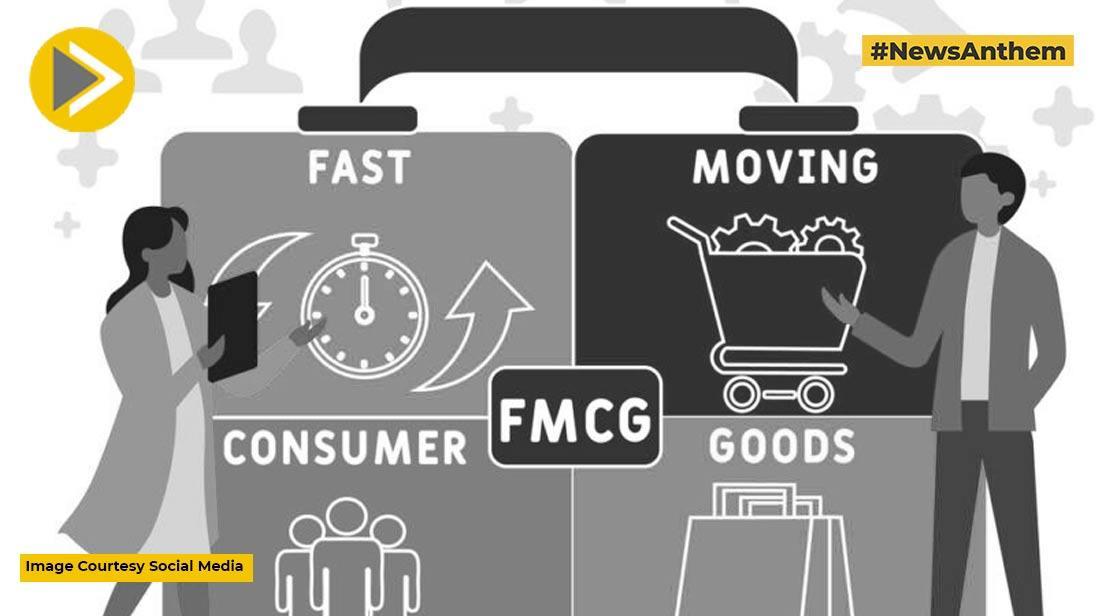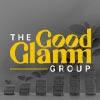Smaller Packs, Rural Demand Propel 11% FMCG Growth in Q4: NielsenIQ

News Synopsis
India’s Fast-Moving Consumer Goods (FMCG) industry recorded an 11% year-on-year growth in the fourth quarter (Q4FY25), powered predominantly by increased demand from rural regions, as per a recent NielsenIQ report. This marks the fifth consecutive quarter where rural consumption has outpaced urban growth, reinforcing its critical role in driving the sector.
While rural consumption contributes just over a third of the total FMCG sales, its consistent upward trajectory offers a positive outlook for the industry. The report attributed the growth to a 5.1% rise in volume and a 5.6% hike in prices, with unit sales surpassing overall volume, indicating a clear consumer tilt towards smaller pack sizes.
Rural Push Strengthens FMCG Growth
Rural Growth Outpaces Urban for Fifth Quarter
In Q4FY25, rural markets demonstrated growth four times faster than urban counterparts. While there was a slowdown compared to Q4FY24, rural areas still performed better relative to urban markets, where consumption decelerated notably.
Notably, traditional trade volumes surged to 6.2% in Q4FY25, up from 5% in Q4FY24, reflecting a revival in non-metro retail networks.
Industry Insight
“Rural markets continue to drive growth, whereas urban metros continue to see a shift toward e-commerce with higher shopper engagement. With a favourable monsoon forecast and revised tax slabs, consumption is likely to pick up in the upcoming quarters,” said Roosevelt Dsouza, Head of Customer Success – FMCG, NielsenIQ India.
Personal Care and OTC Products Lead Category Growth
Slower Food Consumption
While the food segment grew at 4.9% in Q4FY25, it slowed from 6% growth recorded in Q4FY24. This dip was largely due to reduced volumes in essential items like edible oils and palm oil, both affected by price inflation.
Brisk Growth in Home and Personal Care
In contrast, Home and Personal Care (HPC) categories saw 5.7% growth, especially in rural areas. Demand remained strong across hygiene and grooming products.
Strong Sales in OTC Products
The over-the-counter (OTC) segment, including items like rubefacients and analgesics, posted an impressive 14% growth in value sales, fueled by a 10.4% price increase.
“Volume growth is slowing across categories, non-food segments are still outpacing food. Inflation is easing overall, but high edible oil prices are keeping staples expensive,” added Dsouza.
E-Commerce Accelerates in Urban Metros
Surge in Online Shopper Activity
NielsenIQ noted a robust 39.9% rise in e-commerce sales across eight metro cities, reshaping the retail landscape. The growing preference for online shopping has eroded the share of offline channels like Modern Trade (22.8%) and Traditional Trade (62.5%).
This digital growth is largely driven by:
-
Increasing online shopper penetration
-
More frequent online purchases
-
Larger shopping basket sizes
Small Manufacturers Gaining Ground
Smaller FMCG players are increasingly capturing market share, leveraging a low base, strong rural traction, and easing inflation to outperform larger peers.
“Low base, rural growth, and easing out inflation are helping small players to outpace FMCG growth,” observed Dsouza. However, he cautioned that it’s too early to declare a long-term trend without consistent performance over time.
Conclusion
The 11% year-on-year growth in India’s FMCG sector for Q4FY25 is a testament to the resilience of rural markets, the growing acceptance of smaller pack sizes, and a shift in consumption patterns. With categories like home and personal care and OTC medicines witnessing strong growth, and with e-commerce reshaping urban retail, the sector is showing signs of healthy diversification.
At the same time, the performance of smaller players hints at a democratization of market share in a traditionally dominated industry. As inflation begins to ease—barring staples like edible oils—the upcoming quarters could see further stabilization and growth, especially if favourable monsoons and supportive policy frameworks sustain momentum.
While urban markets turn to digital platforms, rural areas will continue to serve as the growth engine of the industry. FMCG brands, both large and small, must remain nimble to tap into evolving consumer behaviors and capitalize on emerging opportunities across geographies.
You May Like









